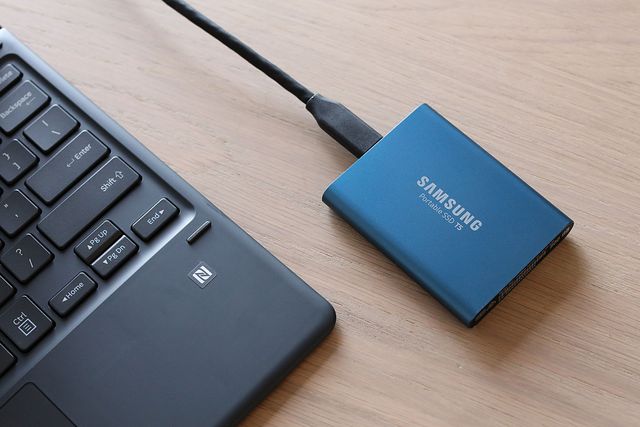Welcome to Product Support, a column devoted to helping you get the most out of the gadgets and software you already use.
You might back up a series of folders regularly with standard cloud storage services, but rarely your entire computer at once. When backing up your entire computer to the cloud, every photo, music file, app, download, setting, folder and personal document needs to be saved in case something happens to your machine. It can be a lot to tackle, but thanks to a host of services you should be able to set things up once and not have to worry again.
So why back up to the cloud in the first place? The list of advantages goes on and on, but the most important ones are that you can access your data anywhere and you can’t physically lose it. (Nonetheless, it’s best to pair your cloud backup with an external hard drive just to have a failsafe.) When backed up to the cloud, all your data is encrypted, uploaded, and downloaded to servers somewhere far away from your own computer. That’s the biggest advantage, really: peace of mind.
Google Drive
Easiest to Use
Whether on your phone, computer, or tablet, Google Drive can be accessed via the web or their app no matter your brand or type of device. Google’s full computer backup services are very affordable, with storage pricing as follows: 15 GB for free or 100 GB for $2/month (or $20/year. Pricing continues up to 2 TB for $10/month.
To get started: Download the Google Drive desktop app (now referred to as Backup and Sync). Once you’re logged in (and assuming you have the space), your computer will begin backing up everything, from your applications to your system files, to Drive. Note that this is separate from “My Drive” within the site, which is still used for your own manual file backup. Note that both My Drive storage and your overall computer backup count towards the amount of storage you’ve paid for.
To restore: Navigate to the Google Drive website via any internet browser and download your most recent computer backup. The Computers tab on the left hand side of the main screen has everything you need. Once you download your backup, your computer will have all the files it used to.
BackBlaze
Best for Cloud-Only
BackBlaze is a simple backup system because it only offers one plan. You can back up as much data as you want from one computer — only one. Their pricing, as a result, is as follows: $6/month, $60/year, or $110 for two years. One unique feature BackBlaze offers is its “Restore by Mail” program. BackBlaze will mail you a hard drive of all your files: up to 4TB for $189, or up to 256GB for $99. If you return your drive within 30 days, they will refund your account. For the money, you could buy your own drive and perform backups regularly yourself, but if you don’t want the headache, then the mailed drive program is certainly useful.
To get started: Visit the BackBlaze website, where you can explore a 15-day free trial, or sign up if you know Backblaze will fit your needs. After creating an account, follow the prompts on the site to download the desktop application and start backing up.
To restore: Access all your files via the “Restore Options” button within the BackBlaze application. You can decide if you want to use their Restore by Mail hard drive program, or simply download all of your data to your computer on the spot.
Time Machine
Best for Local Backup for Mac
Time Machine is Apple’s built-in backup service, so if you’re primarily a Mac user, this service is a very easy option. Time Machine excels as a service because it backs up your computer (music, personal folders, downloads, apps) and your personal user settings, making it very easy to make a new computer feel extra familiar when restoring from a backup. For extra safety though, you'll want to pair local backups with an offsite copy as well.
To get started: Lucky for you, Time Machine comes pre-installed on every Mac. Time Machine will prompt you the first time you plug an external drive into your computer; alternatively, you can set it up from your System Preferences. Time Machine will back up your computer every hour, day, week and month. When the drive is full, the oldest backups will be removed automatically.
To restore: Access Time Machine via the menu bar at the top of your screen, or through System Preferences. Once inside, you can scroll through all previous backups and simply choose which one you’d like to restore.
Windows Local Backup
Best for Local Backup for PC
Backing up data on Windows is a straightforward process where your files, system settings, and user preferences will all be saved in one disc image. This is perfect if you need to restore your computer to the point right before things went south. In conjunction with a cloud backup service, this is one of the easiest options for Windows users.
To get started: If you’re using Windows, you’ll use File History. You can find it in the system settings of your PC by searching for it in the taskbar. Once you’re in the menu, click “Add a Drive” and pick your external hard drive. Follow the prompts and your PC will back up every hour — simple.
To restore: From the control panel, find System and Maintenance, and then click on Backup and Restore. Click on Restore My Files. From there, you’ll be walked through the prompts to recover your files from a previous backup.


















